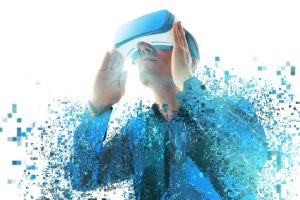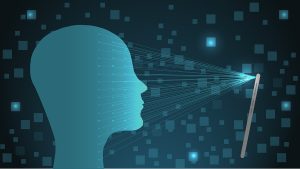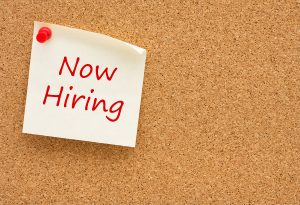 With a focus on automation and digitization in government, there is a perceived fear that, just like the science fiction films and books warned, robots will take over our jobs (and potentially later, the world). The reality is that while some manual jobs will be "taken over" by machines, there is still a huge need for people to train and double check those technologies. In automating rote functions, we are letting machines do what they do best - quickly capture and compute data -- and freeing humans to do what they do best - make sense of the machine's outputs.
With a focus on automation and digitization in government, there is a perceived fear that, just like the science fiction films and books warned, robots will take over our jobs (and potentially later, the world). The reality is that while some manual jobs will be "taken over" by machines, there is still a huge need for people to train and double check those technologies. In automating rote functions, we are letting machines do what they do best - quickly capture and compute data -- and freeing humans to do what they do best - make sense of the machine's outputs.
Government agencies are committed to training employees to reskill them into higher value jobs that allow them to not only keep their job, but elevate their skills and place in the organization. It is not surprising that technology will also play a big role in that training.
Virtual Reality (VR) training is not new to government. The Defense Department has been using it for years to create a realistic environment for training soldiers on expensive combat equipment and preparing them for new terrains and environments. Civilian agencies have begun using VR and Augmented Reality (AR) to better connect with citizens, making interacting with government services feel like playing a video game. Taking the lessons learned from Fortune 500 companies, the government can now extend their use of VR to general workforce training. Continue reading

 One area getting bipartisan support in Congress is the oversight of federal spending on travel. Two recently introduced bills look to curb ethics violations in terms of travel spending.
One area getting bipartisan support in Congress is the oversight of federal spending on travel. Two recently introduced bills look to curb ethics violations in terms of travel spending. The Internet of Things (IoT) is made up of webcams, sensors, thermostats, microphones, speakers, cars, and even stuffed animals. All of these connected devices can help individuals and organizations stay connected across geographic distances, keeping tabs on and managing assets from miles away. The data they collect can be combined with other data sets to create actionable advice for better management and service.
The Internet of Things (IoT) is made up of webcams, sensors, thermostats, microphones, speakers, cars, and even stuffed animals. All of these connected devices can help individuals and organizations stay connected across geographic distances, keeping tabs on and managing assets from miles away. The data they collect can be combined with other data sets to create actionable advice for better management and service.


